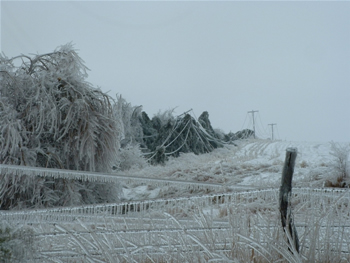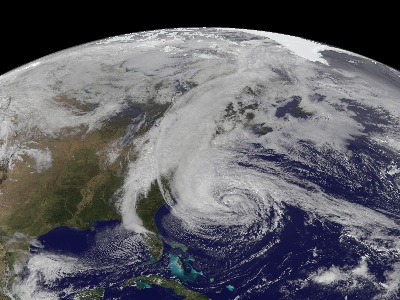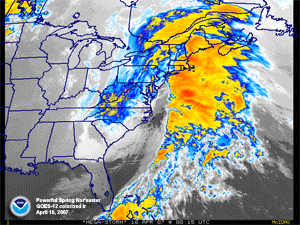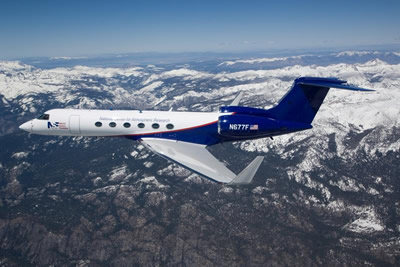This image shows a northeaster on the Atlantic coast. A few feet of snow fell from this storm in New England and New York.
Click on image for full size
Courtesy of National Weather Service Forecast Office of Buffalo, NY
Type of Wind: Northeaster
Northeasters, also known as nor’easters, are cold winds that can bring heavy snow or sleet. These winds blow from 40-55 mph (64.5-88.7 kph). They are classified as gale winds. Most snowstorms in the eastern United States are called northeasters. A northeaster forms when a low pressure system over the Eastern United States gets warm moist air from the Atlantic Ocean. Studies have shown similarities between northeasters and hurricanes. This radar image shows a northeaster traveling up the east coast of the United States.
In February 1969, a northeaster hit New England. An astonishing 164 inches or almost 14 feet (4.2 meters) of snow fell in Pinkham Notch, NH! In New Jersey in 1992 there were wind speeds of 90 mph (145 kph) during a northeaster!
Another cold wind is the Texas norther or blue norther. Northers usually bring snow to Texas and the Gulf of Mexico.
Most places in the world have different names for a cold wind. A cold wind in Central America is called a norte. In India, there is a cold dry wind named terrenho. Brazil uses the name sur for a cold wind. A cold northern wind in Spain and Portugal is called a gallego. Greece uses the word vardar for a cold wind. Native Americans in Alaska call strong irregular gusts of wind a williwaw.
You might also be interested in:

Wind is moving air. Warm air rises, and cool air comes in to take its place. This movement creates the winds around the globe. Winds move at different speeds and have different names based on their speed.
...more
Sleet forms when a partially melted snowflake or raindrop turns back into ice as it is falling through the air. Sleet starts out in a cloud as a snowflake or a raindrop. It may be a snowflake or a raindrop,
...more
Hurricanes form in the tropics over warm ocean water. The storms die down when they move over land or out of the tropics. At the center of the rotating storm is a small area of calm weather and clear skies
...more
This image shows a northeaster on a radar. From April 15-17, 2007, heavy rain and snow fell on the East Coast because of this northeaster. Parts of the East Coast were flooded from the large rainfall.
...more
Rainbows appear in the sky when there is bright sunlight and rain. Sunlight is known as visible or white light and is actually a mixture of colors. The sun's rays pass through millions of raindrops. A
...more
It takes the Earth one year to travel around the sun one time. During this year, there are four seasons: summer, autumn, winter, and spring. Each season depends on the amount of sunlight reaching the
...more
Scientists sometimes travel in airplanes that carry weather instruments in order to gather data about the atmosphere. These research aircraft bring air from the outside into the plane so scientists can
...more















